Conservation and Sustainability
Pathways

Explore the museum's bird collection. Learn how to help birds through citizen science.
View Pathway
There are 15 species of bats in BC. Which ones live near you? Find out how important bats are to people and the world we share with them.
View Pathway
Orcas are embedded in human culture, from the screen to aquariums, mass media has shown the world the beauty of this species and how human behavior controls their fate. There is so much more for us to learn about orca culture and what they need to survive.
View Pathway
Dive into the world of ancient deep-sea biodiversity hotspots called glass sponge reefs.
View Pathway
Almost 50 years ago a geologist found dinosaur fossils in northern BC. Today those fossils are in the Royal BC Museum collection. Curator of palaeontology Dr. Victoria Arbour studies those fossils. Find out about her exciting discoveries!
View Pathway
1In 1 playlists
For thousands of years, Indigenous people have shared the Great Bear Rainforest with wolves, eagles, sea otters, salmon and herring, as well as many other animals. It is the only home of BC’s provincial mammal, the Spirit Bear.
View Pathway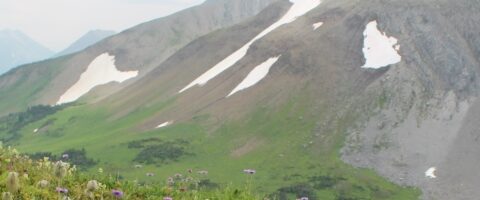
2In 2 playlists
British Columbia has high mountains. Lots of them. In fact, more than 12 per cent of the province is alpine tundra—land above the trees. The alpine tundra is a land of extremes. Trees can’t grow at such high elevations because of cold temperatures. The growing season is brief, and some areas are covered by snow…
View Pathway
3In 3 playlists
More than 4,000 alien species have made their way to BC with human help, including most of the plants and animals that we eat.
View Pathway
4In 4 playlists
Learning about native plants can connect us to the places we live. Studying First Peoples’ uses of plants can teach us which native berries are edible and which are not.
View Pathway
2In 2 playlists
Have you met the infamous Woolly mammoth at the Royal BC Museum? He greets visitors inside the entrance to the Natural History gallery. Woolly, as he is affectionately called by visitors and museum staff, is a replica of the largest animal to ever walk on this continent. Not everyone likes him. He has been known to frighten small children.…
View Pathway
1In 1 playlists
Marine invertebrates are animals without backbones that live in the ocean. These creatures make up most of ocean animal life. Learn about the incredible diversity beneath the waves.
View Pathway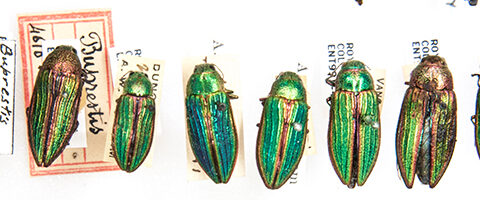
1In 1 playlists
The study of insects (entomology) is alive and well at the Royal BC Museum. Go behind the scenes to discover how we learn about the diversity of insect life in this province.
View Pathway
2In 2 playlists
Many people fear spiders but they are rarely harmful to humans and are important natural predators of insects. The spider collection at the Royal BC Museum strives to reflect the diversity of spiders in this province.
View Pathway
1In 1 playlists
The Royal BC Museum fish collection is varied and wonderful. Explore the astounding diversity of British Columbia fishes through the collection and scientific illustration.
View Pathway
5In 5 playlists
We're all in this together. An ecosystem is a natural community. When species disappear it can throw an entire system off balance, with far-reaching consequences for ecosytems, for the planet, and for us. What can we do about it?
View Pathway
5In 5 playlists
American botanist Mary Gibson Henry collected plants in northeastern BC in 1931. Her pioneering journey was recorded on film. Lucky for us, BC Archives has a copy.
View Pathway
2In 2 playlists
With all the choices for recording images these days, the art of illustration is still valued by scientific researchers. Explore the work of gifted biologist and illustrator Dr Hart.
View Pathway
2In 2 playlists
Listening for birds is a skill that takes patience and perseverance. Grace Bell used her skill and love of birds to record British Columbia bird calls and songs.
View Pathway
2In 2 playlists
The mammal collection is as diverse as the mammals of BC. Mammal specimens at the museum are preserved, stored and made available for research.
View PathwayMedia

Pesticide Use
Look
Invasive species
Look
Climate Change
Look
Overhunting
Look
Competition
Look
Land development
Look
Cat kills and Window Strikes
Look
Yuma Myotis
Look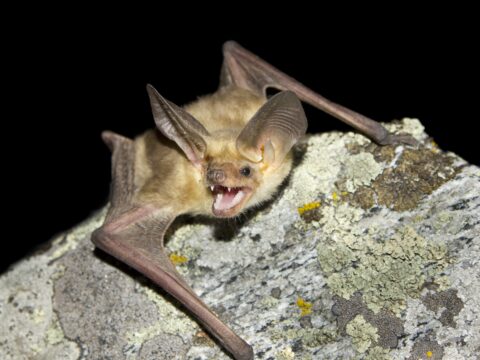
Pallid Bat
Look
Little Brown Myotis
Look
Eastern Red Bat
Look
Dark-Nosed Small-Footed Myotis
Look
Radio Transmitter
Look
Mark and Recapture
Look
Resources for Southern Resident Killer Whale Information and Activities
Read
Resources for Southern Resident Killer Whale Information and Activities
Read
Resources for Southern Resident Killer Whale Information and Activities
Read
Orcas Educator Resource Guide
Read
Orcas Debate Activity
Read
RBCM@ Outside Saturna Island
Watch
LP Activity Plan Debate.docx
Read
Backyard Bingo
Read
This Week in History – Season 8 Episode 11: The Fascinating World of Sponges
Watch
Q and A with H Reiswig
Read
This Week in History – Season 8 Episode 7: Protecting Our Collections
Watch
This Week in History – Season 8 Episode 6: Invasive Wall Lizards
Watch
This Week in History: Season 7, Episode 20: Marine Protected Areas on BC’s West Coast
Watch
Unique Toes
Look
Climate Change and Plate Tectonics in BC
Listen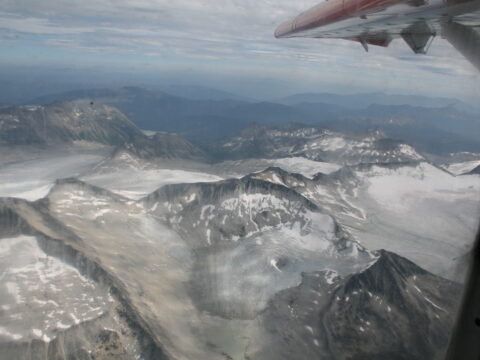
Glaciers from Plane
Look
Species at Risk Secondary Lesson Plan
Read
Temperature and Vegetation Changes
Listen
Plant Genetics
Listen
Plant Detectives and Pollen Analysis
Listen
Alpine Biome
Listen
Tree Line and Temperature
Listen
Glacial Retreat
Listen
After the Last Ice Age
Listen
Snow line
Look
Rapid glacial retreat
Look
Habitat Diversity
Look
Beringia
Look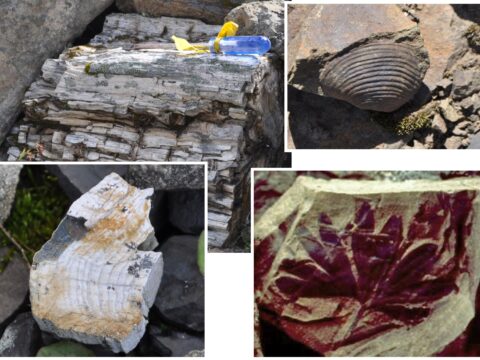
Alpine fossils
Look
BioBlitz Discoveries
Watch
Bare surface
Look
Smooth rock
Look
Glaciers
Look
Moraine
Look
Greenland
Look
Marine Travellers from Japan
Watch
The Loss of Southern Orca Resident J-32
Watch
The Fascinating World of Deep Sea Biology
Watch
Seaweed and Bugs
Watch
Island View Beach
Watch
Ice Grass
Watch
Spiny-eared Assfish
Watch
Scotch Thistle
Watch
MiniMuseum_French_YellowBreastedChat 2015
Read
MiniMuseum_French_WesternBumblebee 2016
Read
MiniMuseum_French_SpadefootToad 2015
Read
MiniMuseum_French_RockMussel 2016
Read
Sarracénie Pourpre
Read
MiniMuseum_French_Marmot 2015
Read
Polystic de Kruckeberg
Read
American Bullfrog
Listen
Quail Sounds
Listen
Humboldt Squid
Watch
Invasive Marine Species
Watch
Common Wall Lizards
Read
Physa des Chaud
Read
2017caleopteryx a taches apicales
Read
Gentiane Delicate
Read
2017 caribou de bois
Read
Woodland Caribou Mini Museum 2017
Read
Slender Gentian Mini Museum 2017
Read
River Jewelwing Mini Museum 2017
Read
Hotwater Physa Mini-Museum
Read
Watson Lake Sign Post Forest
Look
Physa Mini-Museum
Look
2017 Hudson Hope Farmers Market
Look
Species at Risk in Surrey
Look
Marmot Mini Museum
Look
Species at Risk with Umbrella
Look
Species at Risk Trailer Visits Fort St. John
Watch
Northern Abalone
Look
Monarch Butterflies
Watch
Gavin Hanke
Watch
What Happened to the Megafauna?
Read
Ice Age Mammoths in the Northern Hemisphere
Read
Northern Abalone
Watch
Summer 2016 Facebook Live Species At Risk Event
Watch
Rocky Mountain Ridged Mussel
Look
Common Pitcher-plant
Look
Western Bumble Bee
Look
Listen

Mammoths and Mastodons Titans of the Ice Age Educator Guide
Read
Children’s Non-Fiction Animal Books (RBCM)
Read
Changing Landscapes Trailhead styled
Read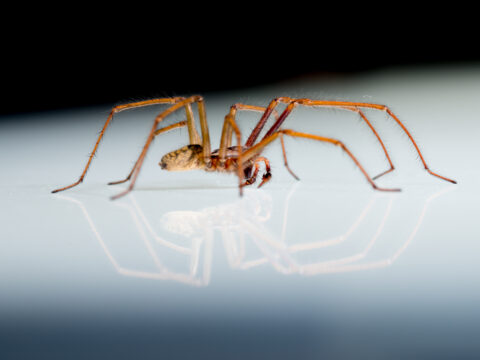
Look

Look

Look

RobberFlies
Read
Discovering Diversity Part 1
Read
Behind the Scenes: Entomology
Watch
Humboldt Squid
Watch
Listen
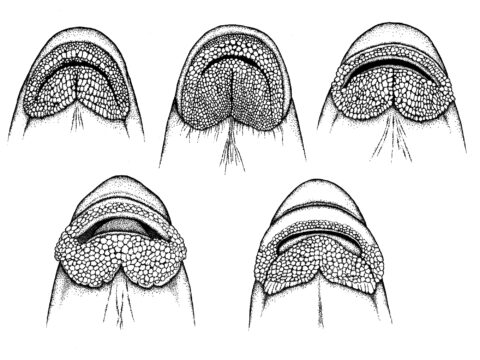
Sucker Mouths
Look
Fish Tails
Look
Watching Dragons and Damsels
Read
Discovering Diversity Part 4
Read
Discovering Diversity Part 3
Read
Discovering Diversity Part 2
Read
Into the Deep
Read
Humboldt Squid
Watch
Entomology: Behind the Scenes
Watch
Thyasirid Clam
Look
Olympia Oyster
Look
Alaska Eelpout
Look
Fall Spider Season
Watch
2013sl0409139-149fs
Look
8620521136_bb5f7ac295_o
Look
8477697470_363846ff05_o
Look
Marmot Dissection
Watch
Spider Myths
Watch
What Species Would You Save? Video
Watch
Marmot
Watch
What Species Would You Save?
Watch
Phantom Orchid drawing #2
Look
Phantom Orchid #1
Look
Pale Poppy drawing #2
Look
Pale Poppy drawing #1
Look
Hotwater Physa
Look
Western-Meadowlark
Look
Western Branded Skipper
Look
Dark Saltflat Tiger Beetle
Look
Yellow-breasted Chat
Look
Yellow-breasted Chat
Listen
Webster! Phone-In 1979
Watch
Vancouver Island Marmot
Look
Marmot Dissection
Watch
010-00060-001alt3-1300×880-1200×812
Look
Top View Yellow-pine Chipmunk Study Skins
Look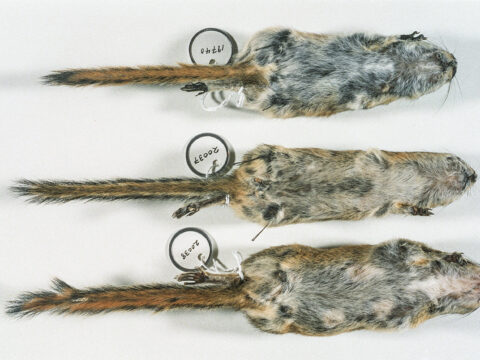
Bottom View Yellow-pine Chipmunk Study Skin
Look
Yellow-pine Chipmunks Study Skins
Look
Dr Melissa Frey
Watch
Top View Yellow-pine Chipmunk Study Skins
Look
Bottom View Yellow-pine Chipmunk Study Skin
Look
Wild Kermode Bear
Look
Yellow-pine Chipmunks Study Skins
Look
